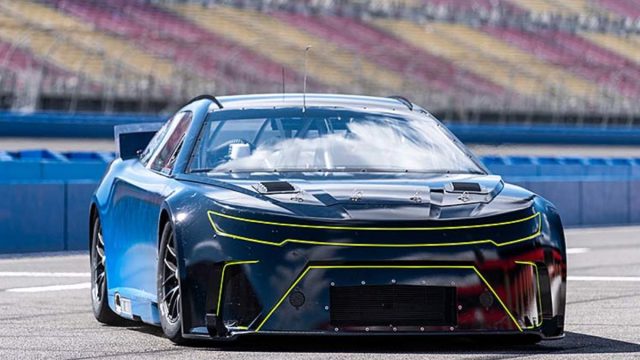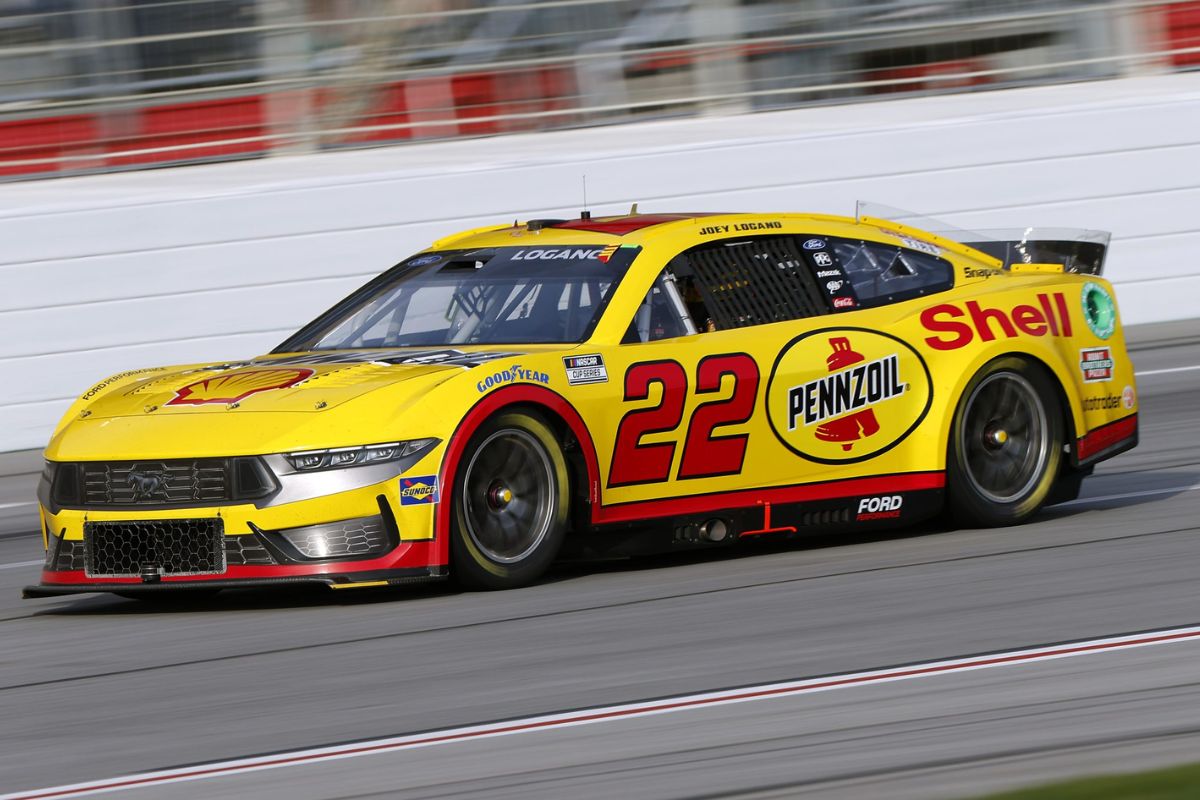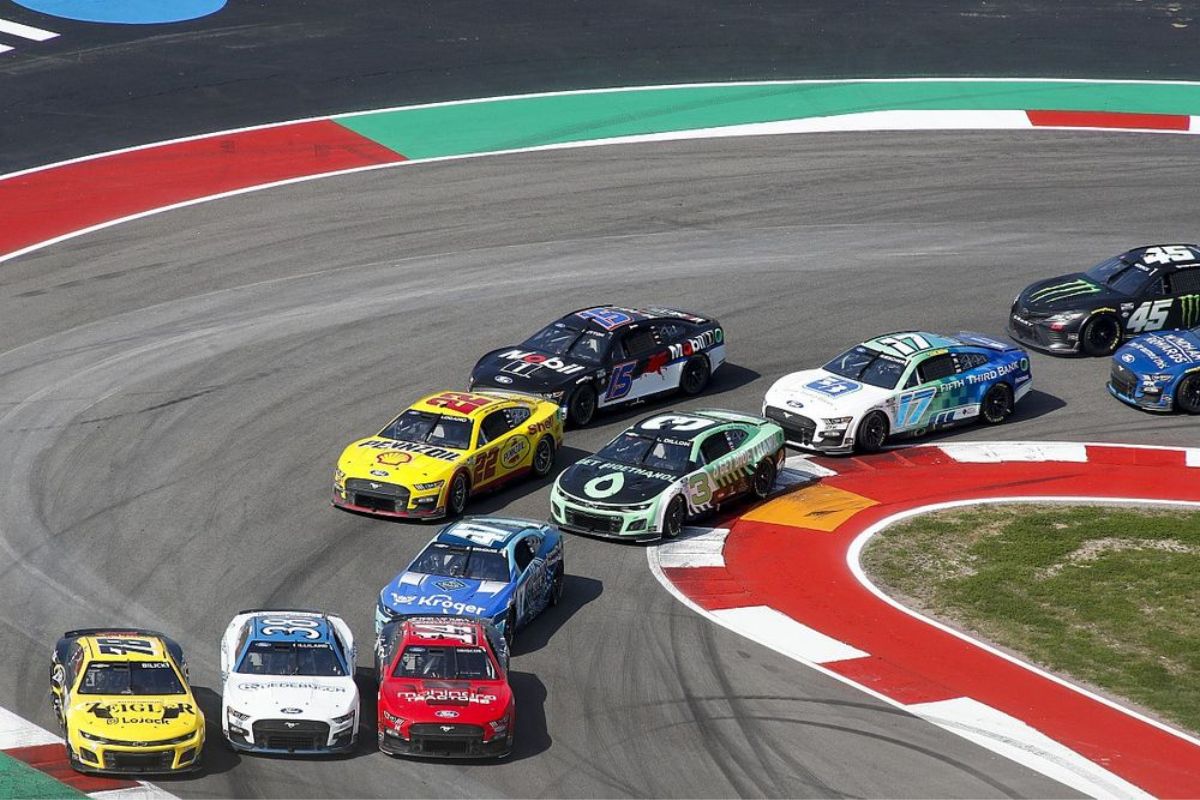Next-Gen Car Role in Atlanta Finish: As the engines roared and the tires screeched on Atlanta Motor Speedway’s asphalt, the recent NASCAR showdown left fans and experts alike on the edge of their seats.
While the historic finish will be etched in the annals of racing lore, it was the role of the next-gen car that truly captured the imagination of enthusiasts.
Decoding the intricate dance between man and machine in those final laps reveals a narrative that goes beyond mere competition – it unveils a glimpse into the future of NASCAR.
Atlanta Motor Speedway’s Intense Racing
Atlanta Motor Speedway’s intense racing captivated spectators with its thrilling display of competition and skill, culminating in a breathtaking photo finish that left fans on the edge of their seats. The race featured an astonishing 48 lead changes, underscoring the fierce competition among the drivers vying for victory. Each lead change added to the suspense, keeping the outcome uncertain until the very last moment. The drivers showcased remarkable talent and strategic prowess as they maneuvered around the track, constantly jostling for position.
The highlight of the race was undoubtedly the photo finish involving Daniel Suarez, Ryan Blaney, and Kyle Busch. The three drivers crossed the finish line with a time difference measured in mere thousandths of a second, showcasing the incredible level of skill and precision in NASCAR racing. This historic finish will be remembered as one of the most thrilling moments in Atlanta Motor Speedway’s storied history, highlighting the excitement and unpredictability that fans have come to expect from NASCAR events.
Next Gen Car’s Role in the Historic Finish
The pivotal role of the Next Gen car in shaping the historic finish at Atlanta Motor Speedway cannot be understated, as NASCAR analyst Kyle Petty highlighted its significant impact on the race’s outcome.
The aerodynamics of the Next Gen car played a crucial role in enabling the intense racing spectacle witnessed at the Speedway. The advanced design of the car facilitated closer competition and drafting, allowing drivers like Bubba Wallace and Austin Cindric to execute strategic moves that led to a three-wide, side-by-side finish.
This level of competition resulted in one of the closest and most thrilling finishes in NASCAR history, captivating fans and experts alike. The Next Gen car’s enhanced performance capabilities, combined with the skillful maneuvers of the drivers, contributed to the electrifying conclusion of the race, showcasing the potential and excitement that this new generation of cars brings to the world of NASCAR.
Atlanta Finish’s Historical Significance
Kyle Petty’s perspective on the Atlanta finish’s historical significance underscores its potential to mark a pivotal moment in NASCAR’s storied history. He compares it to the iconic 1959 Daytona 500 image featuring Lee Petty, Johnny Beauchamp, and Joe Weatherly, highlighting the possibility of the Atlanta photo finish becoming a milestone in the sport. While acknowledging the historical weight of the Daytona moment, Petty sees the Atlanta finish as a significant event that could reshape the future landscape of NASCAR. The close competition, the intense battle for the lead, and the dramatic conclusion all contribute to the aura of significance surrounding this finish.
—
| Key Aspects | Historical Significance | Potential Impact |
|---|---|---|
| Close Competition | Resembles iconic Daytona 500 finish | Captures fans’ attention |
| Intense Battle | Evokes memories of past legendary races | Increases viewership |
| Dramatic Conclusion | Creates buzz and conversation | Influences future race strategies |
News in Brief
“Atlanta Motor Speedway’s recent NASCAR showdown delivered an unforgettable spectacle, with a historic photo finish leaving fans at the edge of their seats. The intense race, featuring a remarkable 48 lead changes, showcased drivers’ exceptional skill and strategic prowess. The spotlight, however, turned to the Next Gen car, hailed by analyst Kyle Petty for its pivotal role. The advanced aerodynamics facilitated close competition, leading to a thrilling three-wide finish. Petty draws parallels with the 1959 Daytona 500, emphasizing the potential historical significance of this Atlanta finish in reshaping NASCAR’s landscape. The event’s close competition, intense battle, and dramatic conclusion mark a milestone in the sport’s evolving narrative.”
Our Reader’s Queries
Q. What is the next generation car concept in NASCAR?
A. The Next Gen car incorporates a stepped front splitter, hood aerodynamic vents, and a revamped side skirt, strategically engineered to diminish side force in the vehicles. Notably, NASCAR introduces the rear diffuser for the first time in the Next Gen, adding a distinctive element to the racing dynamics.
Q. Who are the Next Gen manufacturers in NASCAR?
A. The 2022 NASCAR season unveils the Next Gen cars, each bearing its unique blueprint.
– Chevrolet’s Next Gen car showcases a distinctive design, capturing attention on the NASCAR circuit. (Photo Credit: NASCAR MEDIA)
– Ford’s Next Gen car blueprint presents a forward-looking aesthetic, embodying innovation in NASCAR racing. (Photo Credit: NASCAR MEDIA)
– Toyota’s Next Gen car blueprint stands out, reflecting the brand’s commitment to excellence on the track. (Photo Credit: NASCAR MEDIA)
Q. Who was the winner of the NASCAR race in Atlanta today?
A. In a remarkable display of skill and determination, Daniel Suarez emerged victorious at the NASCAR Cup Series Ambetter Health 400, delivering one of the most unforgettable finishes in the storied history of NASCAR. The sheer intensity and drama of the race at Atlanta Motor Speedway added another chapter to Suarez’s racing journey, etching his name in the annals of NASCAR history.
Q. What is the difference between NASCAR and the next generation cars?
A. The Next Gen car introduces a significant shift with a single lug-nut design for its wheels, departing from the traditional five lug-nut setup seen in previous generations. This alteration aims to streamline pit stops and enhance efficiency. Moreover, the car’s fully symmetrical body is a noteworthy feature, strategically reducing aerodynamic forces. This design choice places a renewed emphasis on the importance of car setup and the skill of the driver, ushering in a new era where these elements play a pivotal role in the dynamics of NASCAR racing.
ALSO READ: Tyler Reddick Take on Next-Gen Cars Sparks NASCAR Debate


